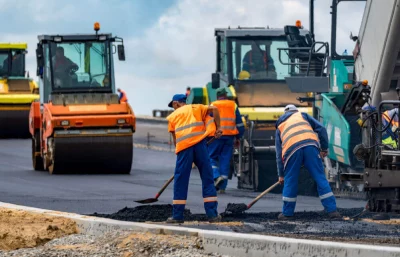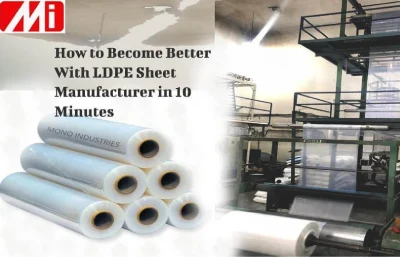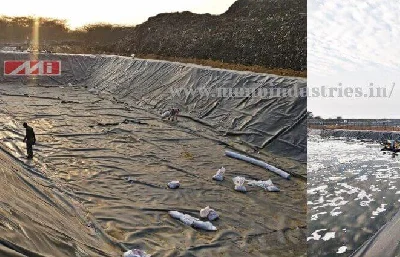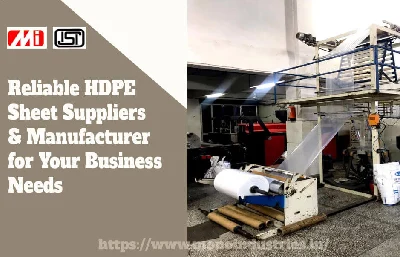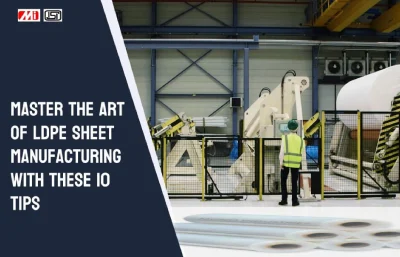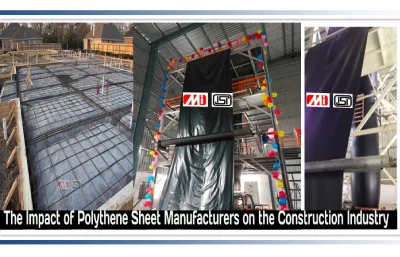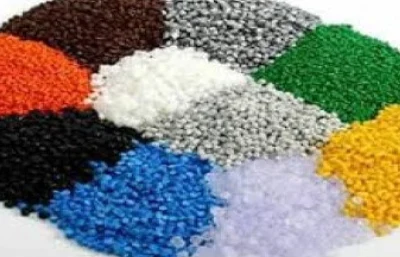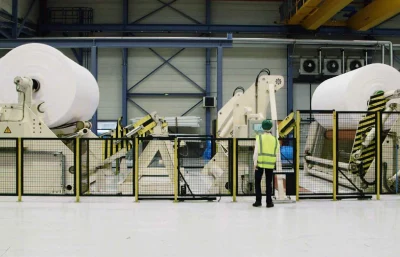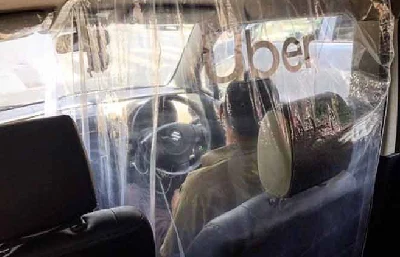Recycled Plastic Is being used widely to repave roads in India
Back in 2015, we published a blog post on the futuristic concept of prefabricated plastic roads. At that time, Dutch organization VolkerWessels was preparing to conduct a pilot project in Rotterdam. The idea was that prefabricated, rigid road sections, would be built and assembled in place. The resulting road would be long-lasting, could include conduits for pipes and other utilities, and could even be heated from below to melt snow and ice. However, as we noted in that blog post, the costs of such roads would be much higher than that of traditional roads, and specialized equipment would need to be designed and mass-produced for production and installation.
Although the modular road idea may be flashy, it is unlikely to take off any time soon. That’s why we were surprised to learn that the use of plastic polymers in roads has become increasingly commonplace in India in the past twenty years.
Adding polymers to asphalt greatly increases the strength and flexibility of the paving surface. That means that roads won’t crack and develop potholes under freeze-thaw conditions. Polymers also raise the melting temperature of the road surface by about 15° C (28°F), reducing the likelihood of buckling in extreme temperature conditions.
In most Western countries, adding polymers to road materials is a highly specialized expensive process. Custom made polymers such as styrene-butadiene-styrene, developed by DuPont, can increase the cost of building a road by 30-50%. Typically, the increased costs mean that polymers are only added to very high impact roads such as highways and runways where the material advantages are worth the extra cost.
In India, the process has become much more economical thanks to the work of Professor R. Vasudevan, dean of the Thiagarajar College of Engineering in Madurai. Dr. Vasudevan saw the potential of cleaning up low-grade plastic waste – primarily single-use plastic bags – and using that waste to build cheaper, more durable roads. Here’s how the process works: first, the bags are shredded. Then, they are mixed with gravel while being heated, causing the plastic to adhere to each grain. Then, the gravel can be used in normal asphalt mixing machines to pave roads. Each kilometre of a roadway paved in this manner requires about one million plastic bags, and costs about 8% less than a conventional road.
The only potential problem – and one that will require further study – is the possible release of plastics back into the environment. However, given that plastic waste is currently left to degrade on its own, putting the waste to use seems both frugal and eco-conscious. It will be interesting to see how many of India’s roads will be polymer-based twenty years from now
(Originally posted in TOTAL PLASTICS SOLUTION)
